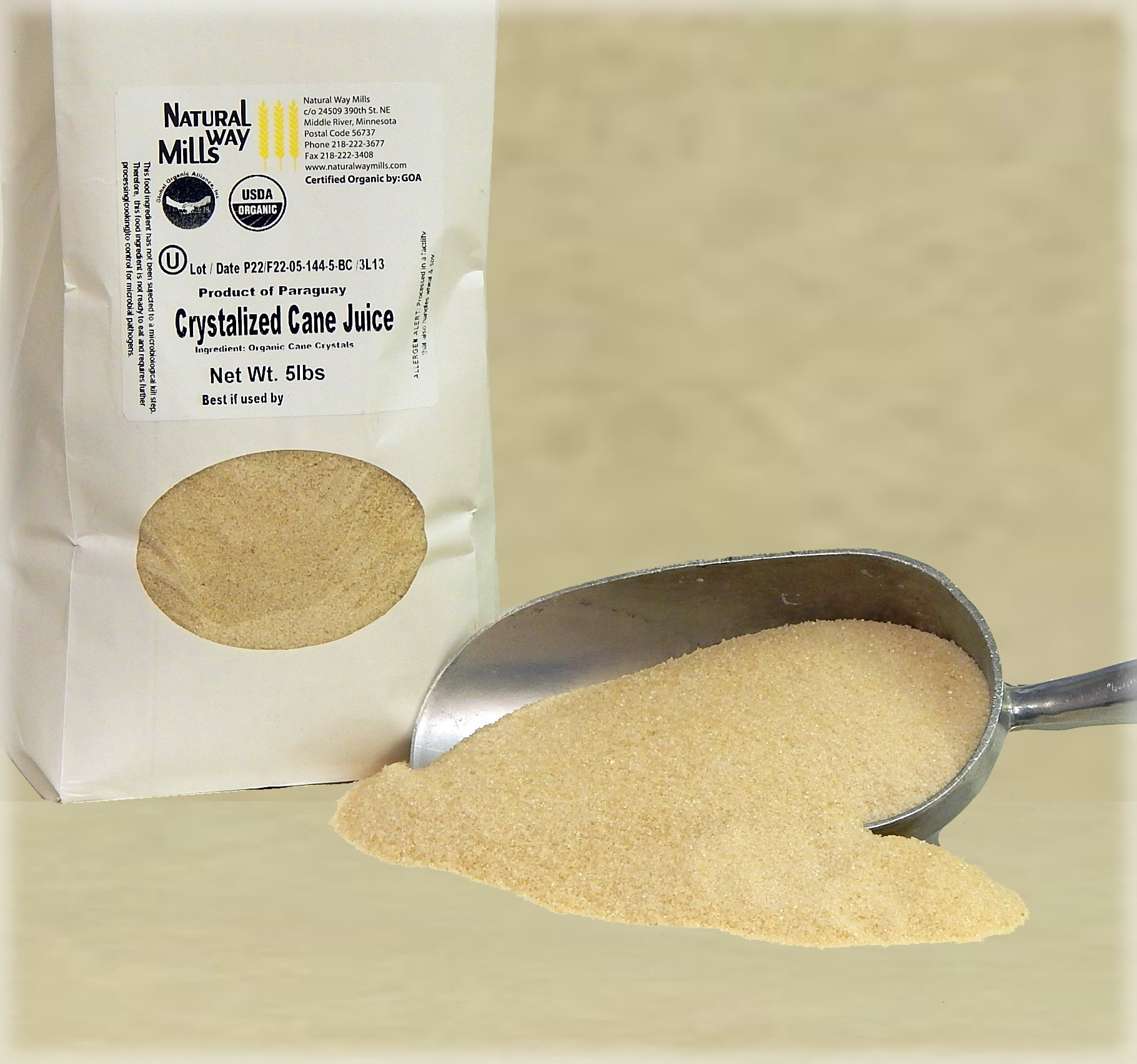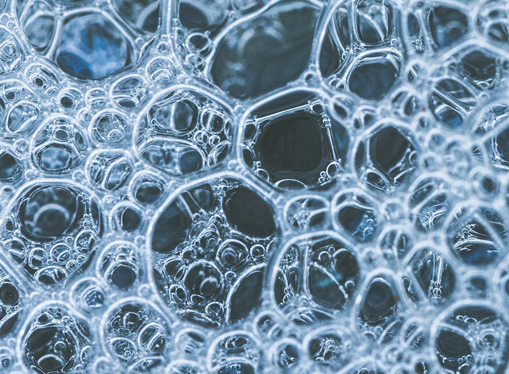Are sugar cane products Healthy? Discover the Facts
Discover All About Sugar Cane: From Production Techniques to Item Innovations
Sugar cane is a crop with both historical value and modern relevance. Its cultivation has actually progressed from typical approaches to modern practices that satisfy today's agricultural needs. This development consists of ingenious processing strategies that transform the cane into a selection of products. As the sector faces environmental challenges, brand-new sustainable techniques are emerging. The intricacies of sugar cane production and its future in worldwide markets existing fascinating inquiries worth discovering additionally.
The Background of Sugar Cane Growing
Although sugar cane is often connected with exotic environments, its cultivation has a rich background that dates back thousands of years. Coming From Southeast Asia, the earliest records of sugar cane's usage go back to around 8000 BCE, where it was chewed for its sweet taste. By the very first millennium, it spread out to India, where it ended up being integral to local cultures. The technology to take shape sugar arised in India by the 5th century CE, noting a significant turning point in sugar production.With the growth of trade routes, sugar cane located its means to the Center East and, at some point, Europe. The facility of plantations in the Caribbean throughout the 16th century transformed the worldwide sugar market, driven largely by early american expansion. As sugar ended up being a desired asset, its farming formed economic situations and societies, preparing for modern manufacturing techniques that advanced with the improvement of agriculture and innovation.
Standard Farming Methods
As sugar cane farming progressed with background, conventional farming methods became foundational methods that formed its production. These approaches, typically passed down with generations, included the usage of manual tools such as hoes and machetes for planting and gathering. Farmers normally prepared the dirt by hand, utilizing plant turning and intercropping to keep dirt fertility and control parasites. Water monitoring was important, with several typical growers counting on all-natural irrigation systems and rainwater harvesting.Planting was oftentimes to synchronize with seasonal rainfalls, ensuring ideal development conditions. Typically, sugar cane was grown in rows, permitting easier upkeep and harvesting. Collecting was done manually, requiring proficient labor to reduce damage to the stalks. Generally, typical farming methods emphasized sustainability and a deep understanding of the local atmosphere, developing a critical component of the cultural heritage bordering sugar cane agriculture. These practices laid the foundation for future innovations in sugar manufacturing.
Modern Agricultural Practices
Modern agricultural practices have progressively bundled precision farming techniques to boost sugar cane production. sugar cane products. These methods utilize data-driven techniques to maximize inputs and boost yields while decreasing ecological impact. In addition, sustainable insect management methods are being embraced to secure crops without compromising eco-friendly balance
Precision Farming Strategies
Precision farming techniques stand for a transformative approach to agriculture, leveraging technology to boost efficiency and sustainability in sugar cane manufacturing. By using tools such as GPS, remote sensing, and information analytics, farmers can check crop health, dirt conditions, and water usage with unmatched precision. This data-driven strategy allows for targeted interventions, lowering waste and maximizing source allocation. Drones and satellite images facilitate real-time analyses, making it possible for cultivators to respond promptly to arising concerns or modifications in ecological conditions. In addition, precision farming boosts return forecasting and boosts decision-making procedures, inevitably causing far better plant administration. As an outcome, sugar cane producers can accomplish greater efficiency and earnings while decreasing their environmental footprint, adding to the overall innovation of modern agricultural techniques.

Lasting Parasite Management
Effective management of bugs is necessary for maintaining the health and efficiency of sugar cane crops. Lasting insect management methods focus on reducing chemical inputs while making the most of eco-friendly equilibrium. sugar cane products. Integrated Bug Management (IPM) is a popular method, incorporating organic control, habitat adjustment, and making use of immune sugar cane selections. Farmers are significantly utilizing advantageous bugs and natural killers to suppress insect populaces, reducing reliance on synthetic pesticides. Tracking parasite levels with catches and scouting permits prompt treatments, guaranteeing that control measures are used only when essential. Additionally, crop rotation and intercropping enhance biodiversity, additional reducing pest break outs. By adopting these lasting practices, sugar cane manufacturers can maintain crop return while advertising ecological stewardship and decreasing the adverse influences linked with standard pest control techniques
Processing Sugar Cane: From Field to Factory
The elaborate journey of sugar cane from area to manufacturing facility involves several vital steps that transform see this this vibrant plant right into a resources for sugar manufacturing. After harvesting, sugar cane is quickly carried to the processing facility to minimize sucrose loss. The initial step at the factory is cleaning the cane to eliminate contaminations, complied with by squashing to draw out the juice. This juice goes through explanation, where it is warmed and Website treated with lime to remove solid particles and impurities.Once cleared up, the juice is concentrated through evaporation, causing syrup. The syrup is then crystallized by cooling down and adding seed crystals, leading to the formation of sugar crystals. Complying with crystallization, the sugar undergoes centrifugation to divide it from molasses. Inevitably, the sugar is dried out, packaged, and prepared for circulation. Each step in this procedure is crucial for ensuring the quality and efficiency of sugar production.
Sugar Cane Products and Their Applications

Sweeteners and Natural Sugars
Often ignored, sweeteners and all-natural sugars obtained from sugar cane play a necessary role in the food and drink industry. These items, including sucrose, molasses, and raw sugar, offer a series of tastes and performances that improve different food items. Sucrose, the most usual sugar, is widely made use of for its sweetening residential properties, while molasses adds depth and complexity to baked products and sauces. Natural sugars from sugar cane are preferred for their minimal processing and perceived health and wellness benefits contrasted to sweetening agents. Furthermore, developments in sugar cane processing have actually caused options like liquid sugar and concentrated cane juice, dealing with diverse customer choices. On the whole, sugar cane-derived sugar are indispensable to flavor, protecting, and boosting food experiences.
Biofuels and Renewable Resource

Sustainability in energy production has increasingly transformed interest to sugar cane as a feasible resource for biofuels. This tropical crop, rich in sucrose, can be transformed into ethanol, an eco-friendly gas that lowers greenhouse gas discharges contrasted to fossil fuels. The fermentation procedure uses molasses, a result of sugar production, making the most of resource efficiency. Sugar cane's biomass, consisting of bagasse and leaves, can be changed into bioenergy, adding to a circular economic situation. Numerous innovations in processing techniques boost the yield of biofuels, making sugar cane an attractive option for power diversity. Additionally, the expanding demand for sustainable energy sources drives research into boosting farming techniques and decreasing the carbon footprint of biofuel manufacturing, positioning sugar cane as a principal in the sustainable energy landscape.
Developments in Sugar Cane Sustainability
As the global demand for sugar boosts, advancements in sugar cane sustainability have actually become important to fulfill both ecological and financial challenges. Modern farming practices are being applied to lower water usage, boost soil health, and lessen chemical inputs. Techniques such as precision agriculture make use of data analytics and innovation to optimize source usage and rise plant yields sustainably.Additionally, the advancement of genetically modified sugar cane varieties intends to improve resistance to insects and environmental stress factors, causing higher efficiency with fewer inputs. Waste management methods are additionally progressing; by-products from sugar cane handling are being changed right into bioenergy, lowering reliance on fossil fuels.Furthermore, partnerships between farming stakeholders and environmental companies are fostering methods that advertise biodiversity and ecosystem wellness. These technologies not just help reduce the environmental impact of sugar cane production yet additionally create a more resistant and sustainable market for the future.
The Future of Sugar Cane in Global Markets
While worldwide sugar intake remains to climb, the future of sugar cane in international markets faces both possibilities and difficulties. The increasing demand for biofuels and sustainable products presents a substantial possibility for sugar cane producers, as the crop can be utilized for ethanol manufacturing and various other environment-friendly choices. On top of that, technologies in processing methods might boost effectiveness and minimize expenses, making sugar cane extra competitive versus various other sweeteners.However, difficulties such as climate adjustment, changing market value, and transforming consumer preferences toward healthier alternatives complicate the landscape. Moreover, trade plans and tariffs can influence the international market dynamics, affecting farmers' profitability. As stakeholders navigate these intricacies, cooperation amongst producers, federal governments, and researchers will certainly be vital in adjusting to the evolving market. The future of sugar cane depends upon balancing these opportunities and obstacles to protect its location in a swiftly transforming worldwide economic climate.
Regularly Asked Inquiries
Exactly How Does Sugar Cane Influence Citizen Ecosystems and Biodiversity?
The growing of sugar cane significantly affects regional ecological communities and biodiversity. Monoculture methods can result in environment destruction, while pesticide use click now might hurt non-target species, inevitably interrupting ecological equilibrium and lowering types richness in influenced locations.
What Are the Health And Wellness Effects of Consuming Sugar Cane Products?
The health and wellness impacts of consuming sugar cane products include prospective benefits like energy increases and antioxidants, however extreme consumption may lead to weight gain, oral problems, and raised risk of diabetic issues, urging moderation in consumption.
Exist Any Alternatives to Sugar Cane for Sugar Manufacturing?
Alternatives to sugar cane for sugar manufacturing include sugar beetroot, maple sap, and coconut hand sap. These resources offer comparable sweetness and can be grown in various climates, offering varied options for sugar production worldwide.
Exactly How Is Sugar Cane Affected by Environment Modification?
Climate change considerably affects sugar cane, creating transformed rains patterns, boosted temperature levels, and enhanced bug pressures. These factors can reduce returns and affect general quality, motivating the requirement for adaptive farming methods to assure sustainability.
What Are the Labor Conditions for Sugar Cane Employees Internationally?
Labor problems for sugar cane employees worldwide differ substantially, usually characterized by reduced salaries, lengthy hours, and insufficient precaution. Numerous face exploitation and harsh workplace, especially in establishing countries reliant on sugar cane production.